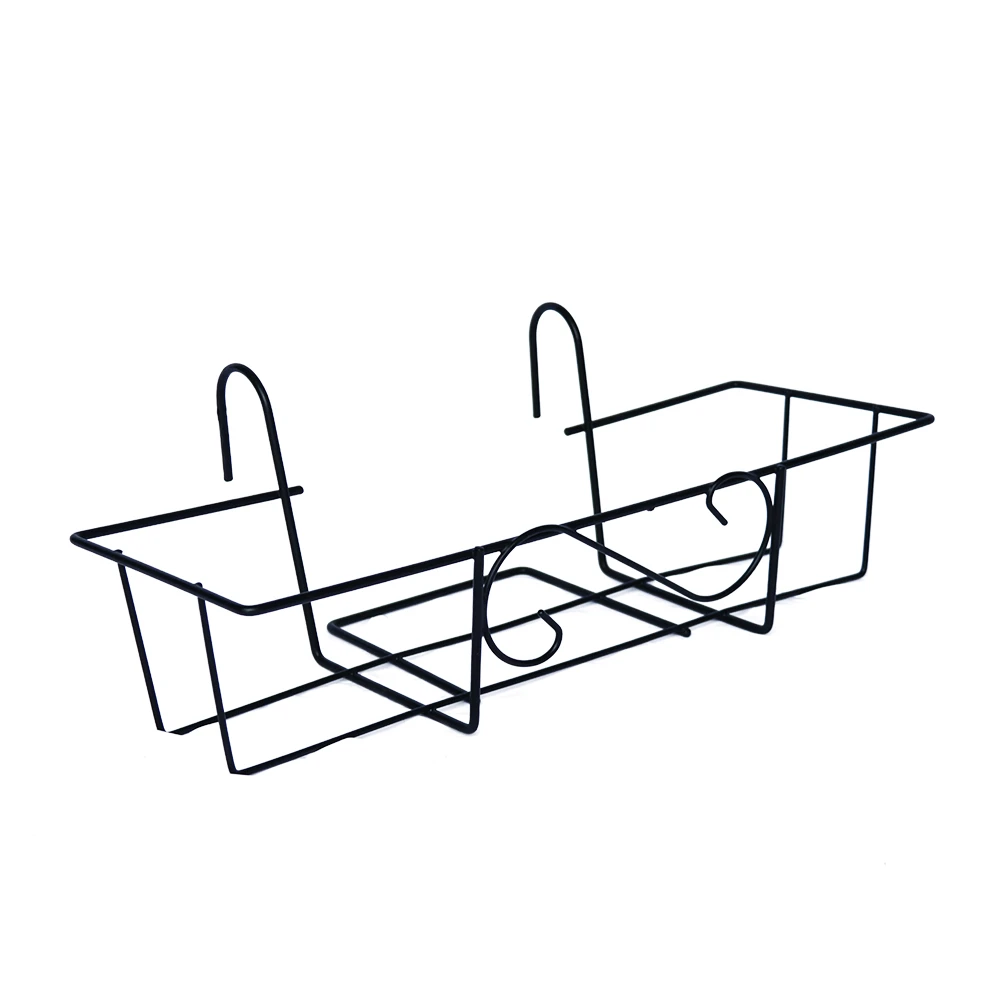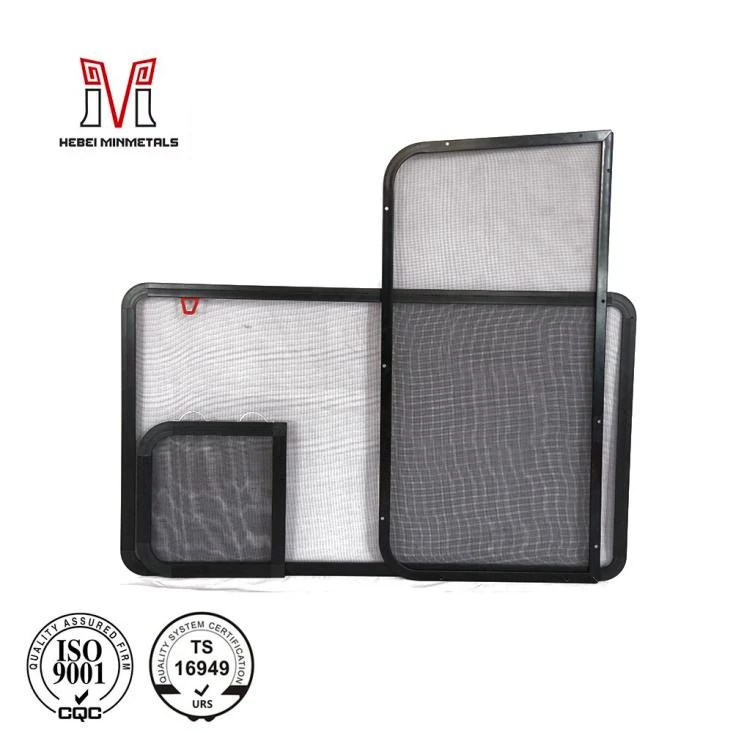Cost Comparison of Barbed Wire Fencing Options for Your Next Project
11 月 . 09, 2024 04:04
Understanding Barbed Wire for Fencing Price Factors and Considerations
Barbed wire has long been a popular choice for fencing solutions across various applications, ranging from agricultural needs to security measures for residential and commercial properties. While its effectiveness is widely recognized, the price of barbed wire can vary significantly based on several factors. This article aims to provide a comprehensive overview of the elements influencing the price of barbed wire for fencing, helping consumers make informed decisions.
1. Material Quality
The primary determinant of barbed wire pricing is the quality of the materials used in its production. Barbed wire is typically made from high-tensile steel, which is known for its strength and longevity. However, the type of coating applied to the wire also impacts its price. For example, galvanized barbed wire—coated with zinc to prevent rust—tends to be more expensive than plain steel wire. The additional protection against corrosion can result in longer-lasting durability, making it a worthwhile investment for areas exposed to harsh weather conditions.
2. Gauge of Wire
The gauge of the wire used in barbed wire fencing significantly affects its price. A higher gauge indicates a thinner wire, while a lower gauge signifies a thicker wire. Thicker wires usually cost more, but they also provide greater strength and resistance to bending and breaking. Consumers must weigh the cost against the intended use of the fencing. For example, agricultural applications where livestock containment is necessary may require thicker wire, whereas decorative or light-duty fencing may suffice with a thinner gauge.
3. Number of Barbs
The design of barbed wire varies in terms of the number and spacing of the barbs along the wire. Standard barbed wire typically features two to four barbs per foot. More barbs can increase the wire's effectiveness as a security barrier, which can justify a higher price point. However, it is essential to evaluate the required level of security when choosing barbed wire, as excessive barbs can lead to increased costs without significant benefits.
barbed wire for fencing price

The length of the barbed wire roll is another crucial factor influencing the price. Barbed wire is sold in various lengths, typically ranging from 100 to 1,000 feet per roll. When purchasing in bulk, customers might benefit from discounted rates, lowering the overall cost per foot. It is advisable to calculate the total fencing requirement beforehand to optimize spending.
5. Regional Differences
The price of barbed wire can also vary based on geographical location. Factors such as supply chain logistics, local demand, and regional competition among suppliers can lead to fluctuations in pricing. It's worth noting that prices may be higher in areas with limited access to suppliers or in regions where agricultural fencing is a primary concern, and more fencing material is in demand.
6. Supplier and Brand
Finally, the choice of supplier or brand can significantly impact the price of barbed wire. Established brands with a reputation for quality may charge more for their products, but they often provide assurances of durability and effectiveness. Consumers should consider both cost and quality when selecting a supplier, as the cheapest option may not always provide the best value in the long run.
Conclusion
Understanding the various factors that influence the price of barbed wire for fencing is essential for making an informed purchase. By considering material quality, wire gauge, the number of barbs, length and quantity, regional price differences, and supplier choices, consumers can better navigate the market and find the right barbed wire to meet their fencing needs. Ultimately, investing in the appropriate fencing solution can enhance security, protect livestock, and delineate property boundaries effectively, making it a crucial consideration for any property owner.









 Unity
Unity Creation
Creation Challenge
Challenge Contribution
Contribution










